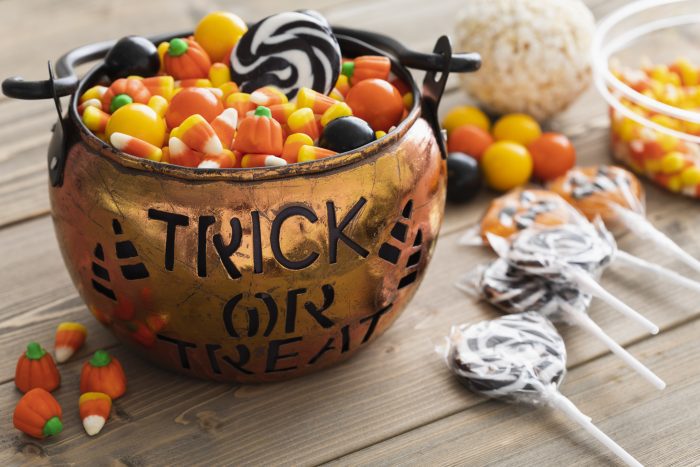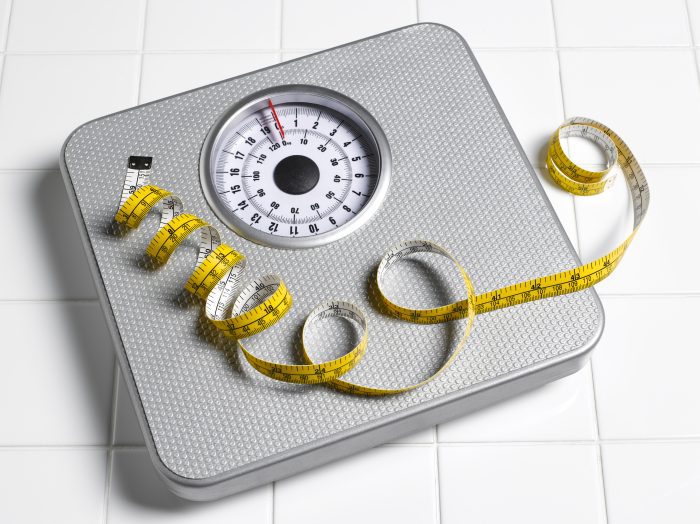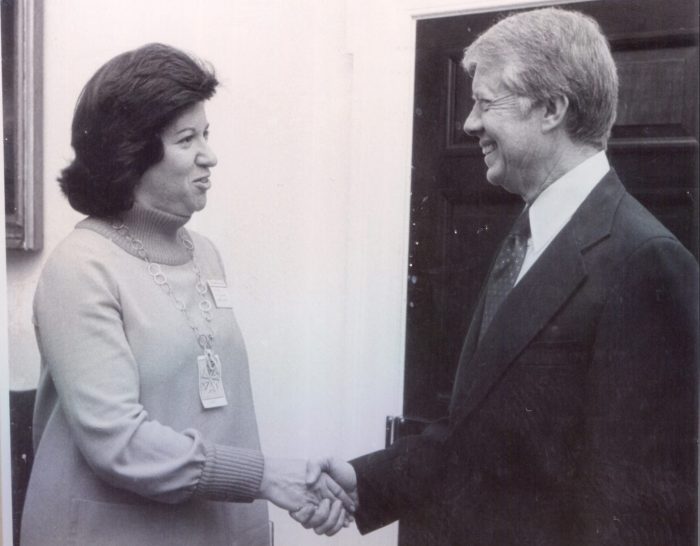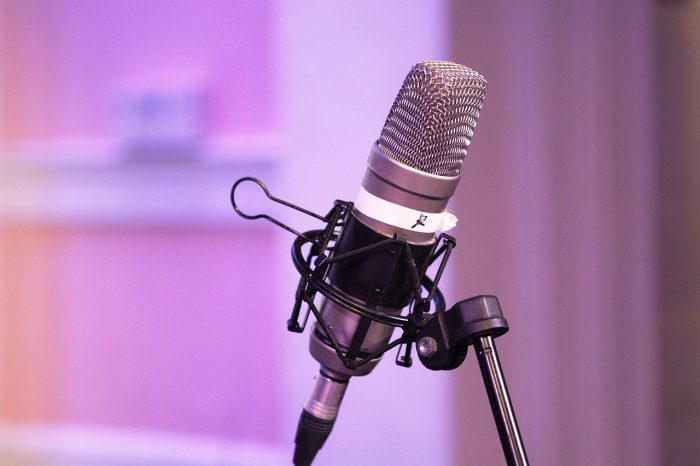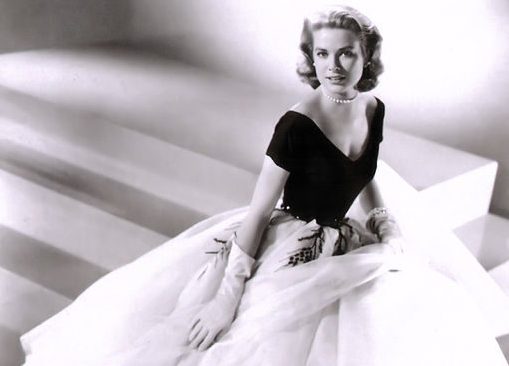By Leah S. Dunaief

Publisher
The drive between my office and home has been treacherous for my tires over the past couple of years, with the potholes and broken stretches of blacktop causing them to whine in protest. I was taking all sorts of detours through adjoining neighborhoods to avoid them.
So, imagine my relief when a transportation ground crew appeared a couple of weeks ago and proceeded to repair and repave the roads. The route is now smooth enough for roller skating.
This could have been a metaphor for the coming election.
After mounting anxiety among the populace and near hysteria about what voting would be like and what would lie ahead by the media, it is such a relief that nothing violent happened. It was only an exercise in demonstrating the will of the governed.
Yes, half the population is keenly disappointed that its candidate did not win and make history, and the other half is ecstatic that its candidate did win and did make history. But an amazing calm has descended.
Polls almost all across our nation were crowded but enabled orderly voting. There were a few bomb threats phoned in, largely attributed to Russian interference, which delayed our voting process in a minor way, but there were no scenes of perilous conflict.
We Americans did what we are supposed to do during elections. We voted—in greater number than usual—then went about our usual business and awaited the results.
The only uptick in normal activity was in the stock market, which soared wildly at the prospect of calm and stability. There was no factual basis for any claims of chaos. And no one so far seems to be challenging the results.
We can let out our collective breath.
This election should not pass from sight without our plaudits for the poll workers. When I entered my polling place about 10:45 a.m. on Tuesday, I was greeted cordially, directed to the proper table to register, then to another for the ballot and given a short explanation on how to fill it out.
When I emerged, ballot in hand, from the booth, I was further directed to one of the voting machines, then I left with a receipt and a sticker some kind soul had supplied that read, “I voted.” As I left, I was thanked a couple of times for voting by poll workers.
It occurred to me that we, the voters, should be thanking them. Despite the severe concerns expressed in the lead-up to the election about the safety issue for those workers, they showed up, graciously did their jobs, safely put in a long day, then returned to their homes.
They supported the ultimate key for democracy to happen: the vote.
So thank you to the many men and women, all across America, and those in our individual polling places, for your help. And thanks to those who came to protect them.



